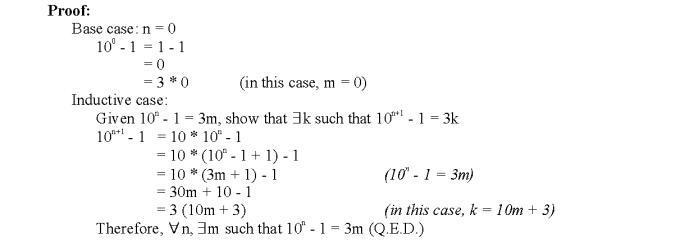First, we write down what we know, our starting point.

Next, we write what we want to prove, our destination point.

Now, we need to somehow "connect" these two points. How do we connect them? By showing the logical steps starting from the starting point until we hit the destination point. There are a number of ways to do this. Here, we use proving by contradiction. How does proving by contradiction work? We make an assumption. Starting from this assumption, we make a series of reasoning. If we meet a contradiction on our way, then our assumption must be wrong.
Here is an example of proving by contradiction. We see a cup of coffee on the table. As there is no steam coming out, we assume that the coffee is cold. Touching the cup, we feel heat on our hand. From physics, we know that cold coffee cannot give out heat. Thus, our assumption is wrong. The coffee is not cold. (At least, it is not colder than our body temperature.)
Back to our original proof, we assume the opposite (the logical inverse) of
what we want to prove. If we somehow meet a contradiction, then what we want
to prove must be correct.
So, here is our assumption*.






Since a number cannot be both divisible and not divisible by 3 at the same time, we hit a contradiction. Thus, the logical inverse of our assumption is correct.